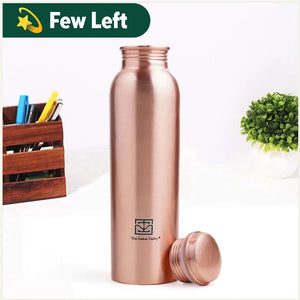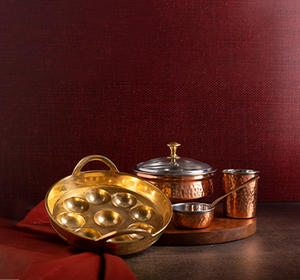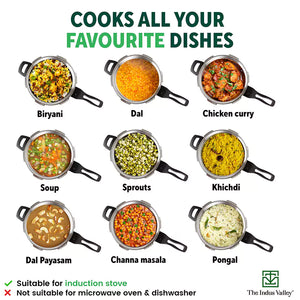For most people who are into cooking, finding a set of good-quality stainless steel cookware is like finding heaven. And once you start loving your stainless steel utensils, you will do everything to know how to take care of them to make them last for years.
Here is everything you should know to clean and maintain stainless steel cookware in your home.
Start by washing our stainless steel cookware set, after buying and before using them, using a solution made with 1/4 cup of vinegar and warm soapy water. This helps remove any oil left on the cookware after the manufacturing process.

How to Stop Food from Sticking to a Stainless Steel Pan?
With proper cooking techniques, one can always prevent the sticking of food on tri ply stainless steel cookware. Here is how you can do it well.
Do the Water Drop Test Before You Start Cooking
Testing the temperature of the stainless steel pan by pouring a few drops of water into it over high heat to see if the water would slide into the pan is one of the easiest ways to know that the pan is ready to use.
If you see the drops dissolving, know that the pan is not hot enough for you to add the food. After you get it right, you can lower the temperature and add the food to the pan.
Cook on Low Heat
Cooking food on a low flame prevents the sticking of food on stainless steel. Since tri ply cookware conducts heat well, you don’t necessarily have to use the high flame on your stove while cooking, as it might result in the burning of your food.
Cooking food in tri ply stainless steel cookware using low flames will ensure that the cooking is even.
How to Cook Different Dishes on a Stainless-Steel Pan?
Stainless steel pans are popular choices in Indian kitchens and for all those who prefer to cook and eat healthily. The cooking techniques are slightly different when compared to cooking in non-stick cookware, but familiarising yourself with a few things will help you go a long way with cooking delicious meals in stainless steel cookware without damaging them.
Cooking Meat and Sauces
Stainless steel cookware is a great choice for cooking meat and making delicious sauces. The only rule is this: do not try to move the meat until your stainless steel pan releases it naturally.
Low-heat cooking is advised for cooking meat in stainless steel cookware to cook it without sticking. Wait for the Maillard reaction to happen and for it to caramelise before you turn the meat over.
Also, do not forget to add cold liquids to the hot roux to enhance its texture.
Preparing Acidic Food
Cooking acidic foods with the addition of citrus fruits such as tomatoes in stainless steel cookware is okay, but storing them inside steel pans is not recommended. This is because acidic and salted meals can harm the surface of your stainless steel cookware.
Cooking Eggs
Cooking eggs in stainless steel is easy when you do it at the right temperature. Make sure that your stainless steel pan is not too cold or too hot, and that you add some oil or butter before adding eggs to the pan.
You can use a pan that is not too much larger than your burner, place it on low to medium heat, and do the water test before adding fat to it. Add a tablespoon of butter or oil of your choice and add the eggs immediately after the butter melts.
You can let the eggs cook without moving them until you notice that the edges of them solidify. Use a wooden spatula to peel the eggs from their sides. You can also make scrambled eggs in stainless steel pans; just stir the eggs and let them cook. Stir it again every twenty seconds until they are cooked.
Why Doesn’t a Stainless Steel Pan Rust?
If you have used many types of cookware, there is a high chance that you’ve thought this - "Will stainless steel rust?”. And if you do not know about it well, you’d be wondering about the ways to remove rust from stainless steel cookware.
Stainless steel cookware remains rust-free as a result of the interaction between the alloying elements of steel and the environment. The elements present in stainless steel are chromium, iron, carbon, silicon and some amounts of molybdenum and nickel.
These elements react with oxygen present in air and water and form a thin film that contains corrosion products such as hydroxides and metal oxides. The steel will only be corroded at an atomic level and will therefore look stainless.
The stainless steel uses the thin film formed, which will act as a barrier and prevent further corrosion by limiting access to water and oxygen to the surface of the underlying steel.
In summary, stainless steel cookware protects itself by developing a passive corrosive layer on its surface.
Frequently Asked Questions About Stainless Steel Cookware
1. Can I put a stainless steel pan in the oven?
A stainless steel pan is safe to put inside a microwave oven unless it has a metal or plastic coating on it.
2. Can you broil in a stainless steel pan?
All-metal pans, such as stainless steel pans, are great options for broiling when compared to your non-stick cookware or bakeware.
3. Can you put stainless steel in the freezer?
Stainless steel containers are safe to store food in the freezer. You can use stainless steel containers with lids as they can be used again regularly. They are easy to handle and clean, and they are also great choices for people who want to avoid plastic containers to store cooked food.
4. Can I put stainless steel in Airfryer?
You can use stainless steel containers in an air fryer as long as they are oven-safe. Stainless steel containers can withstand heat for extended periods without getting damaged. However, no metal containers with artwork should be put into an air fryer as there is a chance for it to melt with exposure to high temperatures.
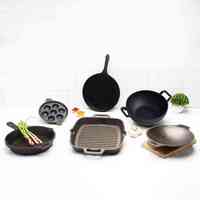
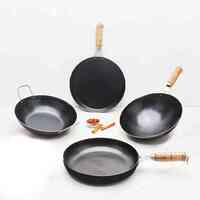
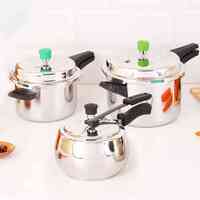
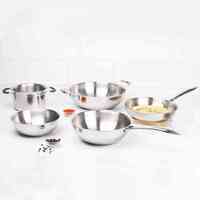
 Easy 7-Day Return
Easy 7-Day Return
 Additional ₹100 Off on Prepaid Orders*
Additional ₹100 Off on Prepaid Orders*



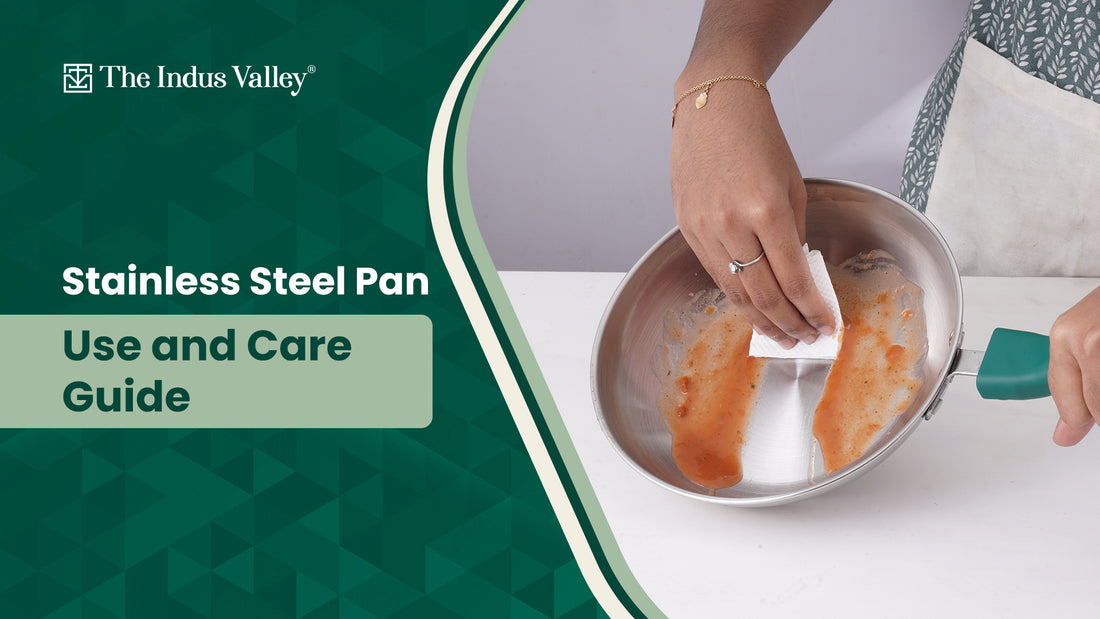
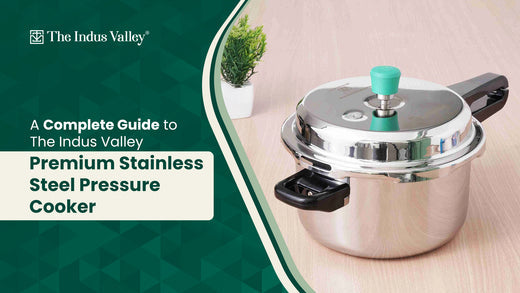
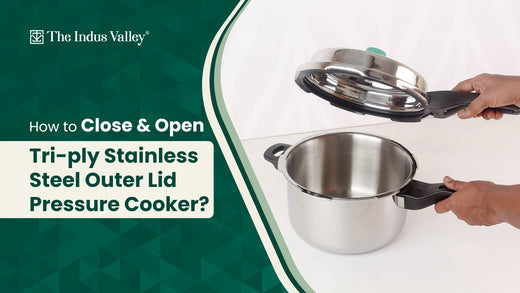
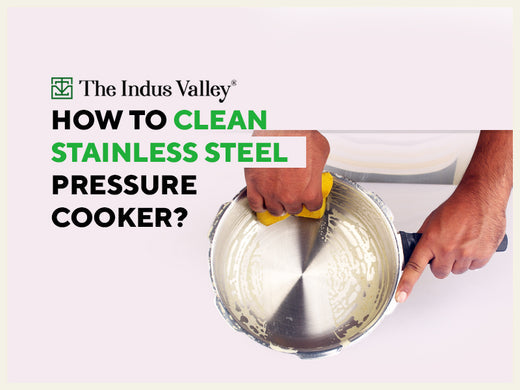
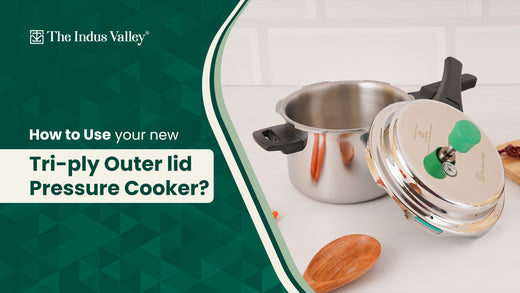
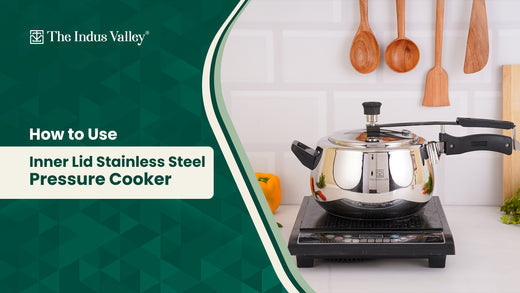
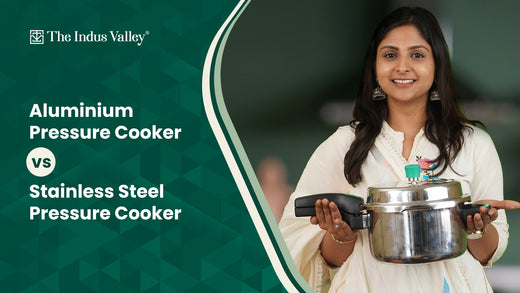
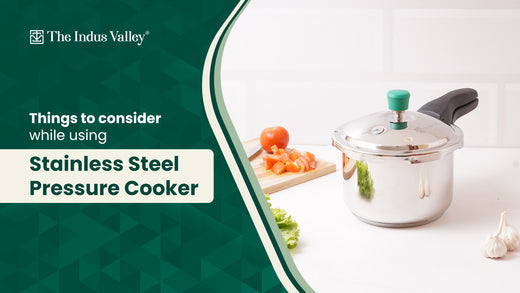
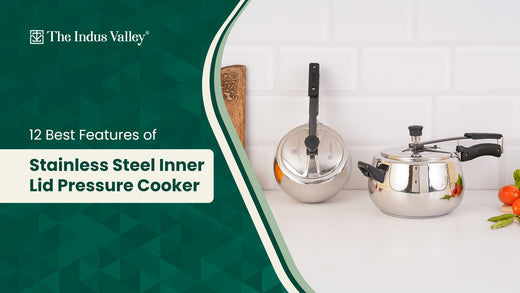


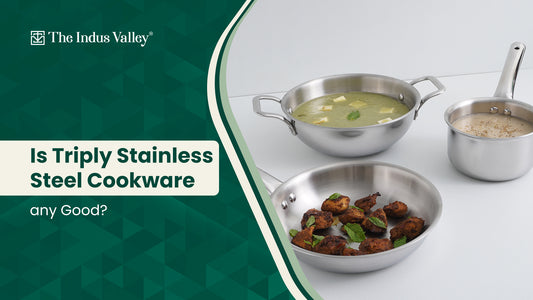
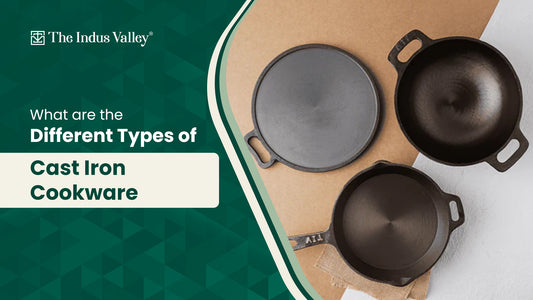
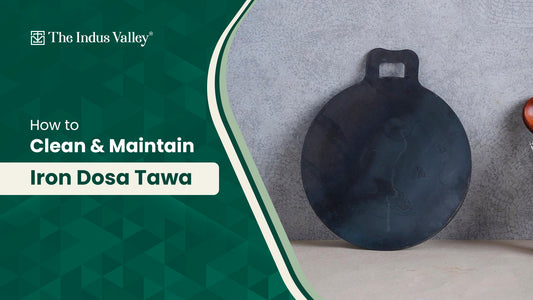
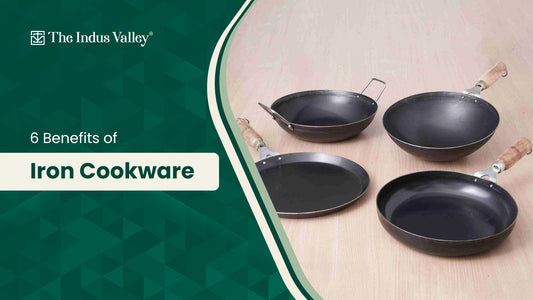
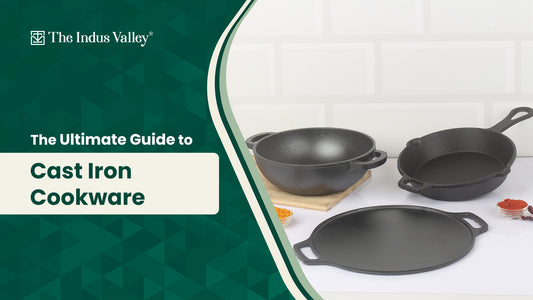
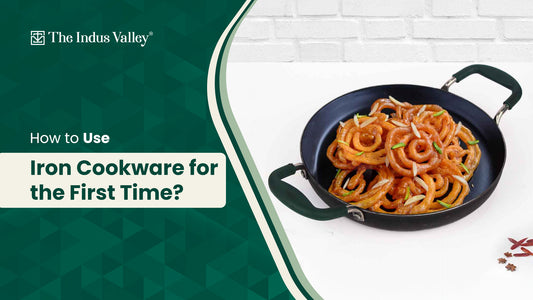
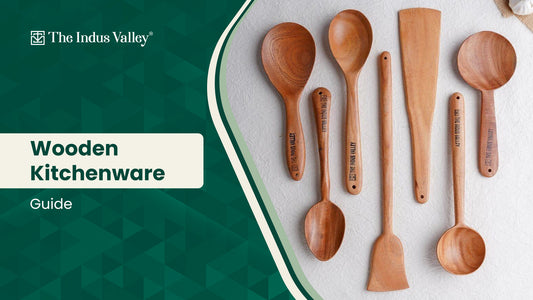
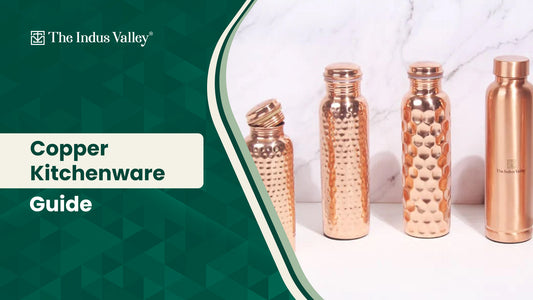
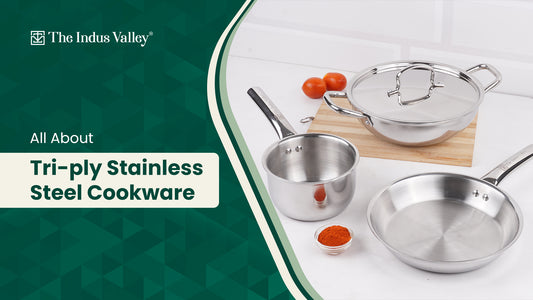
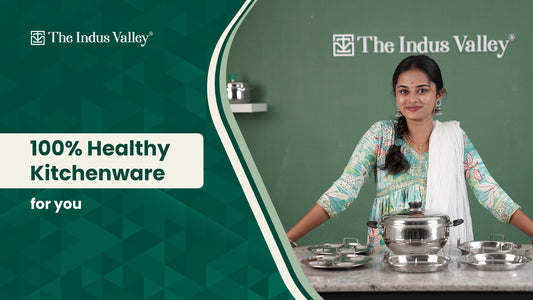
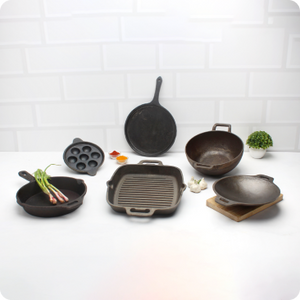
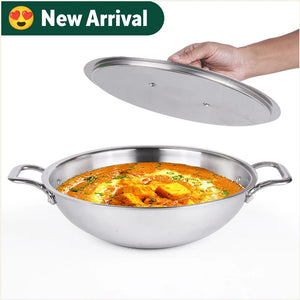
![Neem Wood Spatulas for cooking & Serving – Thick, Long, Sturdy, Large [Set of 6] (Round Serve) - The Indus Valley](http://www.theindusvalley.in/cdn/shop/files/neem-wood-spatulas-for-cooking-and-serving-thick-long-sturdy-large-set-of-6-round-serve-the-indus-valley-1_fcf2cb78-6504-4601-8062-5df2233000c1_300x.jpg?v=1686290651)
